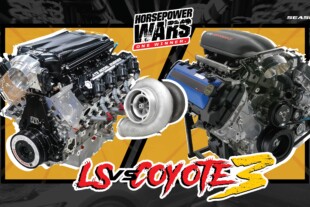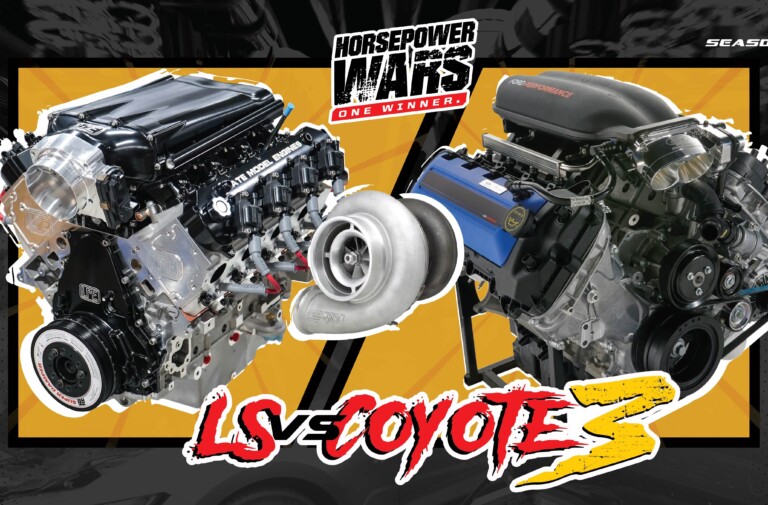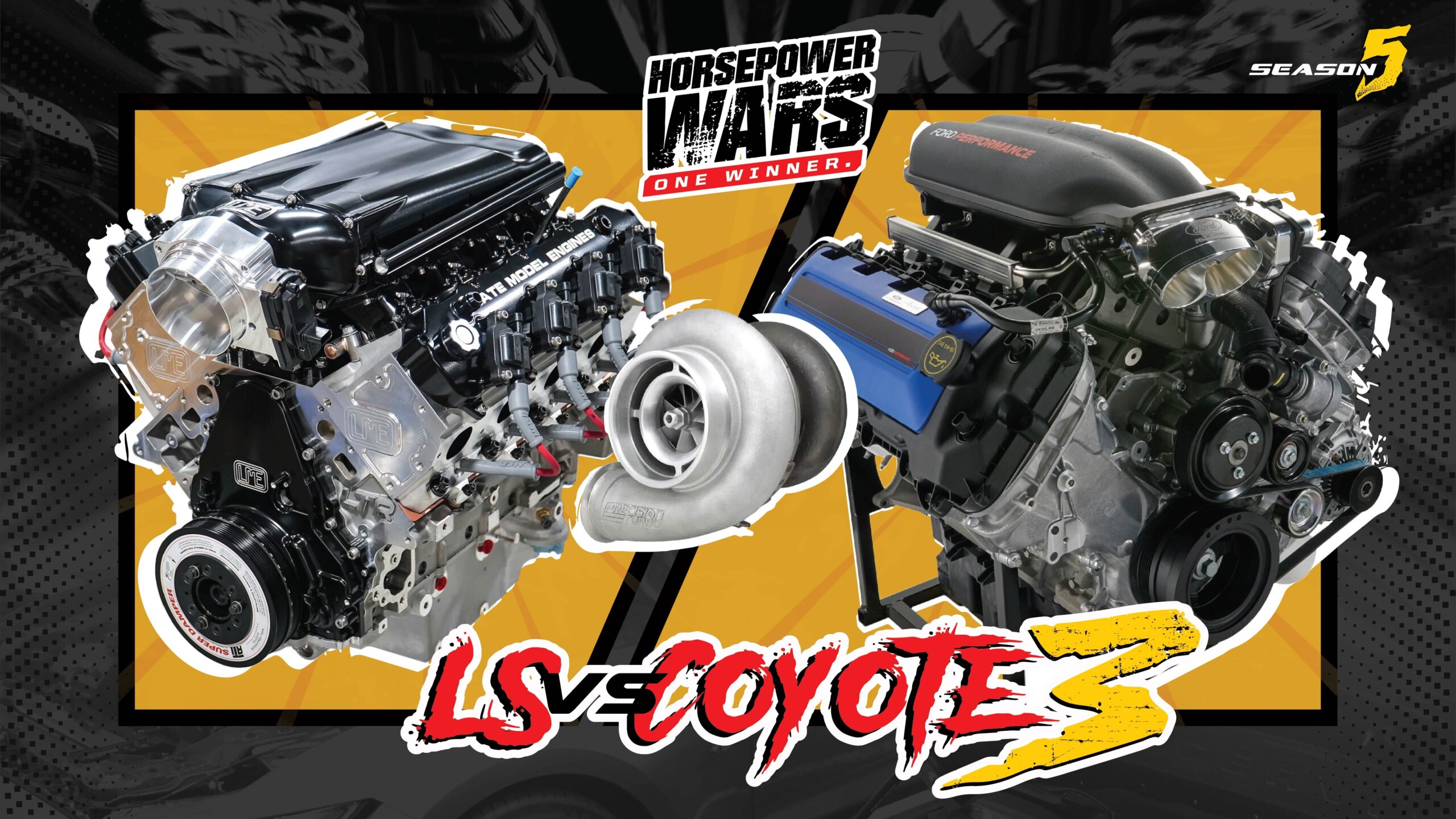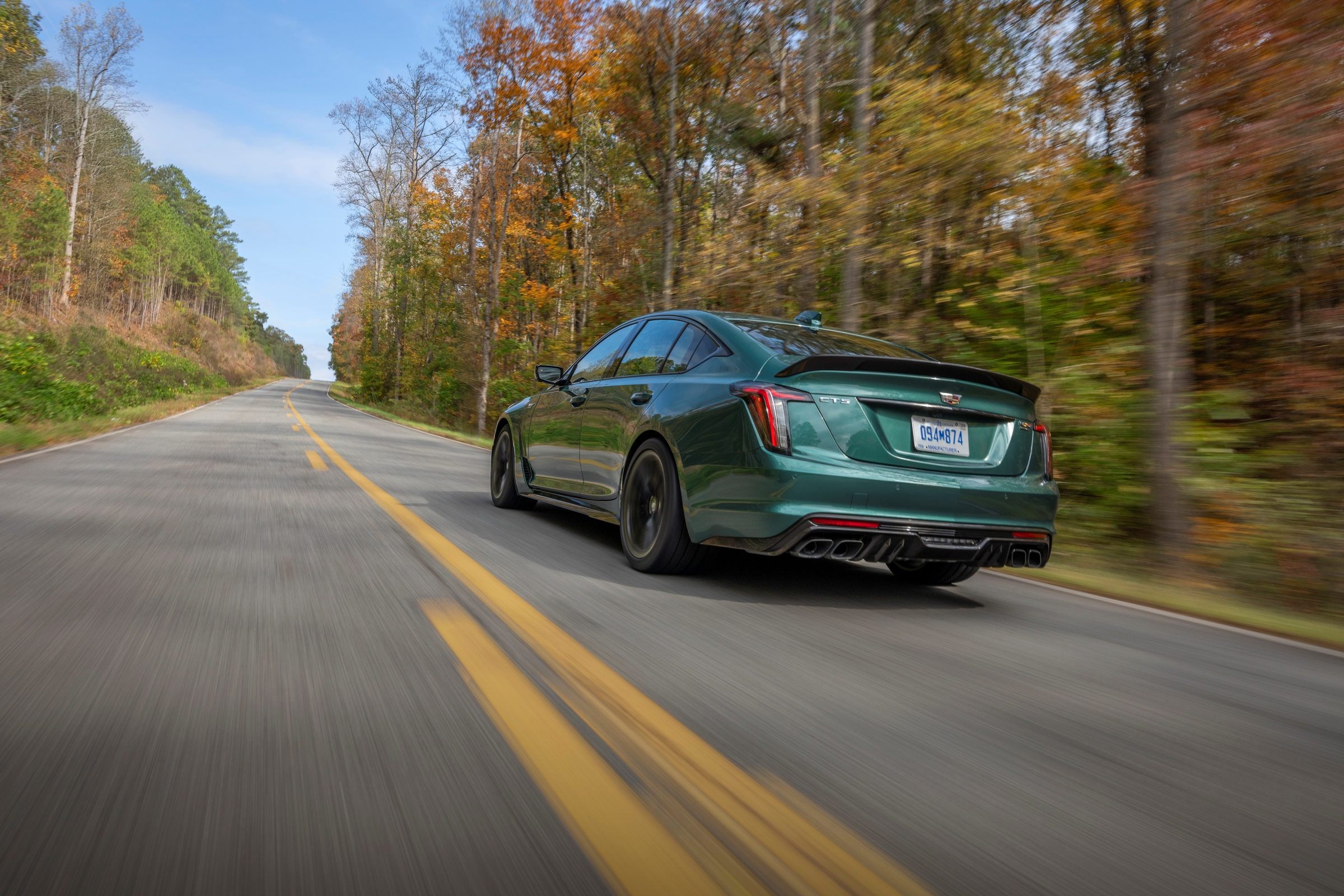 I have to admit that I’m not much of a “hardcore” Corvette person. Sure, I can rattle off L71, L88, LT1, and the like, but it was never my dream car. Still, I can hang with the Corvette cognoscenti and chat about how fuel injection was available in two variations in 1957 when it debuted, and how it was not the first car to have one horsepower per cubic inch. I also know Zora’s favorite year was 1973.
I have to admit that I’m not much of a “hardcore” Corvette person. Sure, I can rattle off L71, L88, LT1, and the like, but it was never my dream car. Still, I can hang with the Corvette cognoscenti and chat about how fuel injection was available in two variations in 1957 when it debuted, and how it was not the first car to have one horsepower per cubic inch. I also know Zora’s favorite year was 1973.
But one part of Corvette history that’s a little fuzzy to me is the Corvette Challenge series. I’ve read numerous articles suggesting these are among the best investments in the Corvette world, but they’ve always been surrounded by an enigma. Here’s some background on these remarkable C4s.
Return of the Glory Days
When the C4 was introduced, it had been a long wait for America’s automotive enthusiast. The C3 had endured the highest of the highs (1969’s ZL1 among them) and the lowest of the lows (165-horsepower 350 for 1975). By 1982, America had already endured 15 years of the same design – we were overdue for a new Corvette, which was introduced in March, 1983 as a 1984 model. The 205-horse 350 doesn’t seem like much today, but it was a revelation to American performance enthusiasts at the time. Its 0-60 time of 7.1 seconds and ET in the low/mid-15s was impressive by the standards of the day, but it was the Corvette’s handling that the buff books raved about.
Road & Track magazine in particular noted that only the Renault Turbo, Ferrari 512 BB, and Lamborghini Countach achieved better slalom speeds than their Z51 Corvette. They also said, “And the Corvette’s skidpad (0.896g) sets a new street tire record, beating the Countach’s 0.869g by a significant margin.”
The graphics were removed and car repainted once the season was over. Now it's in authentic 'Day 2' regalia.
In truth, the other cars were no competition at all, as Corvettes were undefeated from 1985-87…
Criticisms would eventually mount for the first iteration of the C4, but Chevrolet incrementally improved the Corvette to where it was making 245 horses by 1988. Due to its handling prowess and power, the Corvette competed well against more expensive sports cars in Sports Car Club of America’s (SCCA) Showroom Stock GT class; in truth, the other cars were no competition at all, as Corvettes were undefeated from 1985-87. Drivers of competing makes put pressure on the SCCA, attempting to pull their participation from the series if the Corvette continued. This resulted in the organization squeezing the Corvette out of this competition series. However, a Canadian racer by the name of John Powell had an idea, and the Corvette Challenge was thus born.
Other than the decals, it looks like a stock Corvette.
A League of Their Own
Powell, a racer who operated one of Canada’s premiere competition driving schools and also created the Player’s Cup for Camaros and Firebirds, knew how popular the Corvette was with fellow racers and fans alike. He proposed a special Corvette-only series to the SCCA, which included a proposed $1 million purse to make it even more competitive. With Mid-America Designs, Goodyear, and Exxon on board, GM decided to join the fray and make it a go, building a handful of Corvettes for this series.
For the first year, Chevrolet built 56 identical cars for the Corvette Challenge. Available in any color, the 1988 B9P Corvette Challenge cars included:
- 245-horse 350 with Cross-Fire fuel injection
- Doug Nash 4+3 manual transmission
- Z51 Performance Handling Suspension package
- AC3 Six-way power driver’s seat
- UU8 Delco-Bose stereo
- Z6A Side mirror and window defog system
- 24S Removable glass roof panel with blue tint
If several of the above features do not appear to be performance-oriented, their inclusion was due to SCCA rules that required the cars to be raced as showroom-stock from the factory. However, when the cars then shipped to suburban Detroit’s Protofab for racing preparation, there was no doubt these Corvettes were meant for the track. Modifications included:
- Full roll cage
- Onboard fire extinguisher system
- Bilstein shock absorbers
- Racing seats
- Safety harness
- PBR brake pads and ducting
- Low-restriction exhaust system
- Lightweight Dymag wheels with Goodyear tires
Note the special badging in the interior.
The cost of entry for a Corvette Challenge race car was $33,043 for the vehicle plus $15,000 for the race prep and entrance fee. In the spirit of keeping things fair and competitive, Chevrolet supplied backup motors that were factory-sealed. Out of the 56 cars built by Chevrolet, only 48 were converted for racing by Protofab, with the rest of B9P production presumably getting into the hands of the general public.
Each engine was removed and substituted with an identical race engine prepared by Chevrolet’s Race Shop…
Back by Popular Demand
The RPO code for specifying a Corvette Challenge package changed to R7F for 1989. Sixty buyers checked that box, but only 29 people went further to have their Vettes converted, this time handled by Powell Development America, Inc. According to ShowYourCorvette.com, each converted car had a specially installed roll cage, fire system, Challenge car seats, seat belts, brake ducts, exhaust system, oil cooler, and Dymag wheels. Unlike in 1988, the exhausts ran straight through. While at Powell’s shop, each engine was removed and substituted with an identical race engine prepared by Chevrolet’s Race Shop; each team paid $4,000 to lease these motors. At the end of the season, the original engines were reinstalled.
The roster of drivers participating in the series included the likes of Stu Hayner, Bill Copper, Jeff Andretti, Juan Manuel Fangio II (nephew of the racing great), Robert Carradine (of Revenge of the Nerds fame), and Andy Pilgrim, with Hayner winning the 1988 championship and Cooper winning 1989’s. Pilgrim later would leverage his experience in the development and racing success of the Corvette C5-R.
After 1989, the SCCA brought the Corvette back into the fold with its World Challenge series, so the need for the Corvette Challenge was no more. However, Chevrolet continued to build race-spec cars for people wanting to compete against the world’s best with America’s Sports car. Given option code R9G, they were similarly equipped to the Corvette Challenge cars with the usual heavy-duty components like springs and FX3 adjustable suspension. However, owners were now responsible for their own race modifications. Twenty-three people ordered a R9G Corvette, but only eight were converted for competition.
'Sealed' engines with special markings on the fasteners were made to keep teams honest when racing.
Preserving (And Enjoying) a Piece of History
York, Pennsylvania resident Greg Gable has owned this 1988 Corvette Challenge #70 for 20 years. He found a 31,000-mile Corvette in a local used car lot devoid of any racing regalia, but the “Corvette Challenge” badges gave it away. No one at the dealership realized the significance of the car, but Greg was able to run the VIN (all Corvette Challenge VINs are documented) and confirm the car’s identity. With his wife’s blessing, they turned in their six month-old Explorer for this Corvette.
Originally ordered through the renowned Malcolm Konner Chevrolet in New Jersey, it was sponsored by Ken Wallace’s Valley Chevrolet of Wilkes Barre, Pennsylvania and Corvettes Unlimited. #70 was driven by Columbus, OH’s Desiré Wilson and Minneapolis’ own Gary Benson, competing in six out of the ten Challenge races; their best showing was 10th place in Dallas, netting the team $1200. Not only is Greg’s car rare for its model year – only 578 1988 Corvettes were painted yellow – but only four Challenge Corvettes were painted that color. Currently with 62,000 miles on the clock, it’s the Gables’ “keeper” that gives them enjoyment with leisurely trips and local shows. 





















